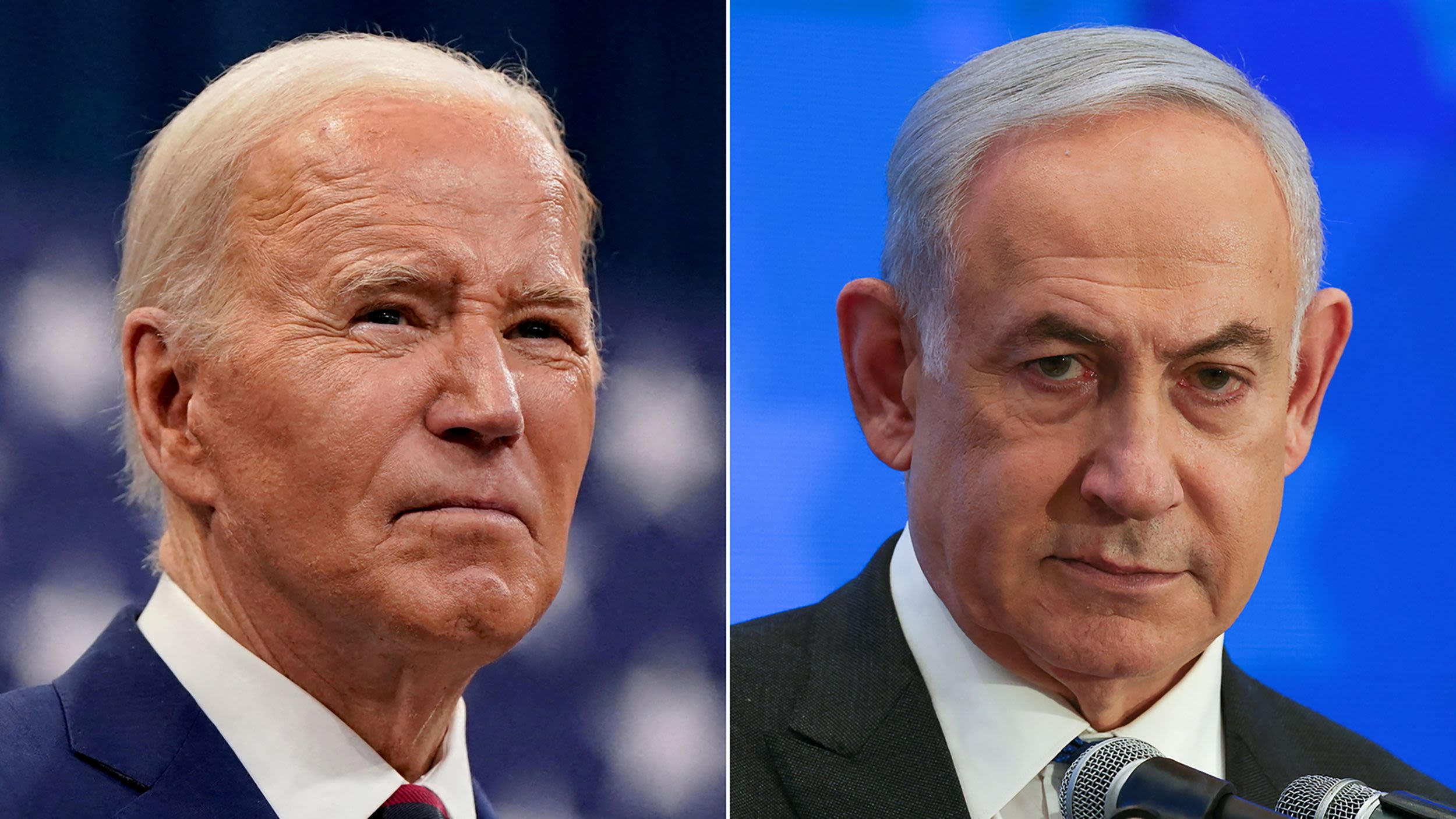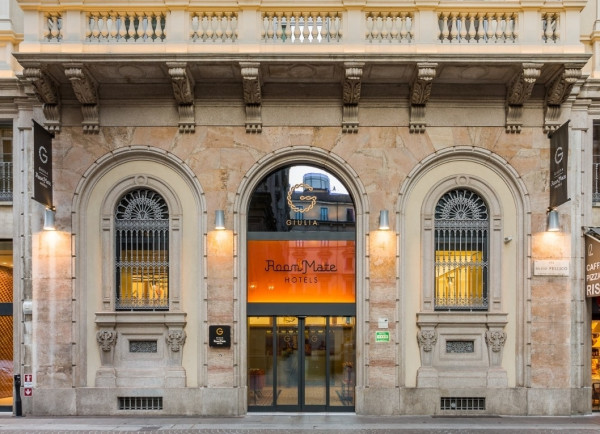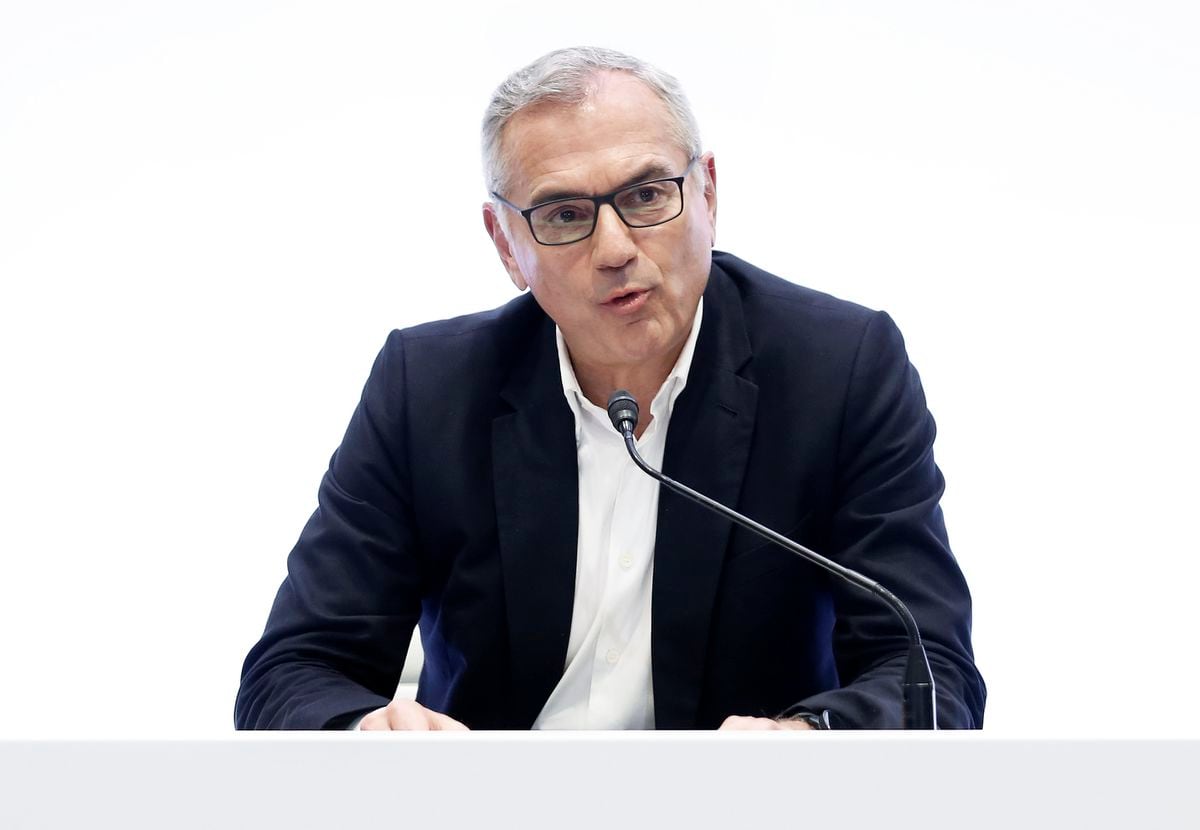The pandemic is far in Puig’s rearview mirror now. The perfume, fashion and beauty company, which owns brands such as Paco Rabanne, Carolina Herrera or Charlotte Tilbury, has suffered greatly from the outbreak of Covid-19, which covered makeup with masks while putting restrictions and confining perfumes on hold. But the recovery was very rapid and intense, and the so-called “lipstick effect,” that is, the tendency for consumers to seek personal satisfaction in difficult times, had something to do with it. The company has already obtained record sales numbers in 2021, and exceeded them last year, with a turnover of 3,620 million euros, an increase of 40% over the previous year, and a net profit of 400 million, an increase of 71%, according to what was announced Thursday. . Behind these figures lies above all the good performance of private labels and the recovery of the category of selective distribution fragrances, which are sold in department stores, department stores or airports, where they already have a market share of 10%. Global Market.
Just when the pandemic began, Puig was on the road to growth and expansion, and was about to step on the accelerator some more, so the health crisis should have been just that: a bump in the road. For the first time in its history, the family group recorded losses of 70 million in 2020, but that did not deter them from their roadmap. In June 2020, he bought a majority stake in makeup brand Charlotte Tilbury in a transaction valued at 900 million. This, and the post-pandemic recovery, boosted the figures for 2021, when he earned €234m and paid €2.585m, a record.
In 2022, it went even further: in the middle of last year, the group acquired a majority stake in the Swedish luxury company Byredo and later in the brands of health Kama Ayurveda and Southern Lotus. The first of the three was valued at $ 1,000 million, and there was so much competition at the auction that for a moment it seemed that L’Oreal would stay with Byredo, but in the end its founder chose the Catalan company.
The three brands that joined Puig’s portfolio last year still accounted for less than 10% of the growth in sales, but Mark Puig, the company’s president and CEO, emphasized that they have great potential. For 12 years, we’ve combined organic growth with inorganic growth, which comes from acquisitions. We’ve made 14 acquisitions in 12 years, but the two most important acquisitions are in 2020 and 2022. Although we continue to listen to the market, now is the time to get it together,” Puig said Thursday when presenting the results at the group’s headquarters in Barcelona. , which is wholly owned by the Puig family, has financed this growth with its own resources and with a debt that has grown significantly to € 1015 million.The debt ratio in 2022 ended at 1.6 times (eptida) (gross operating product), three times what it was in 2021, but Puig maintains that the company is “very comfortable with this level of indebtedness”.
This convenience is explained by the profit recovery, by interest, tax and depreciation accounting which amounted to 638 million last year (37% more than last year), and the turnover which puts the group in a position to achieve targets ahead of schedule.
Trust and security
Two years ago, Puig presented his strategic plan, which set the goal of reaching $4,500 million in 2025, a feat that could, at this rate, be achieved soon. “We work in quite a flexible sector. Especially after the covid outbreak, the head of the company explained how fragile everything is, and we sell a type of product that gives people confidence and security, and that’s why they were flexible. Which is known as the ‘red effect’. Lips”, i.e. trading products related to self-esteem in uncertain times when other products, such as luxury products, can lose customers. This segment has good prospects and we, with this well-curated portfolio of brands, aim to grow above this segment Despite the risks, Puig said, we don’t see any signs of slowing down.
That portfolio is the most important thing for the company, which, although it started as a license manufacturer, has invested heavily in its own brands. Almost 90% of sales come from these brands (namely Carolina Herrera, Paco Rabanne, Jean Paul Gaultier, Dries Van Noten, Nina Ricci, Byredo, Penhaligon’s, L’Artisan Parfumeur, Kama Ayurveda, Lotto del Sur, Charlotte Tilbury, Uriage, and Apivita) and the rest for licenses (among others Comme des Garçons, Christian Louboutin, Benetton, Antonio Banderas or Adolfo Domínguez). Perfume and fashion products accounted for 74% of sales, growing by 40%, while make-up accounted for 17% of the total and skin care products 9%.
By markets, Spain accounts for 7% of sales (20 years ago, it was half of the total). 54% of turnover is concentrated in Europe, the Middle East and Africa, 36% in America and 10% in Asia. The most growing region was the American region, led by the United States and especially thanks to Charlotte Tilbury. In Asia, the company had high hopes, and it grew by 41%, but Puig acknowledged that it would have to revise the target it had set for the Asian market, especially Chinese, to reach 25% of its turnover. Because the virus restrictions in that country took longer to disappear.
Follow all information for Economy And a job in Facebook And Twitteror on our site The weekly newsletter
Five days agenda
The most important economic dates of the day, with keys and context to understand their scope.
Receive it in your mail

“Beeraholic. Friend of animals everywhere. Evil web scholar. Zombie maven.”

:quality(85)/cloudfront-us-east-1.images.arcpublishing.com/infobae/7RZ4PSPCSVHX5PY7Y7A4F2P2SE.jpg)





More Stories
Room Mate will collaborate with two major international hotel companies
Chipazo lottery results: Who are the new millionaires?
The largest bank in America says goodbye to Wall Street after 150 years